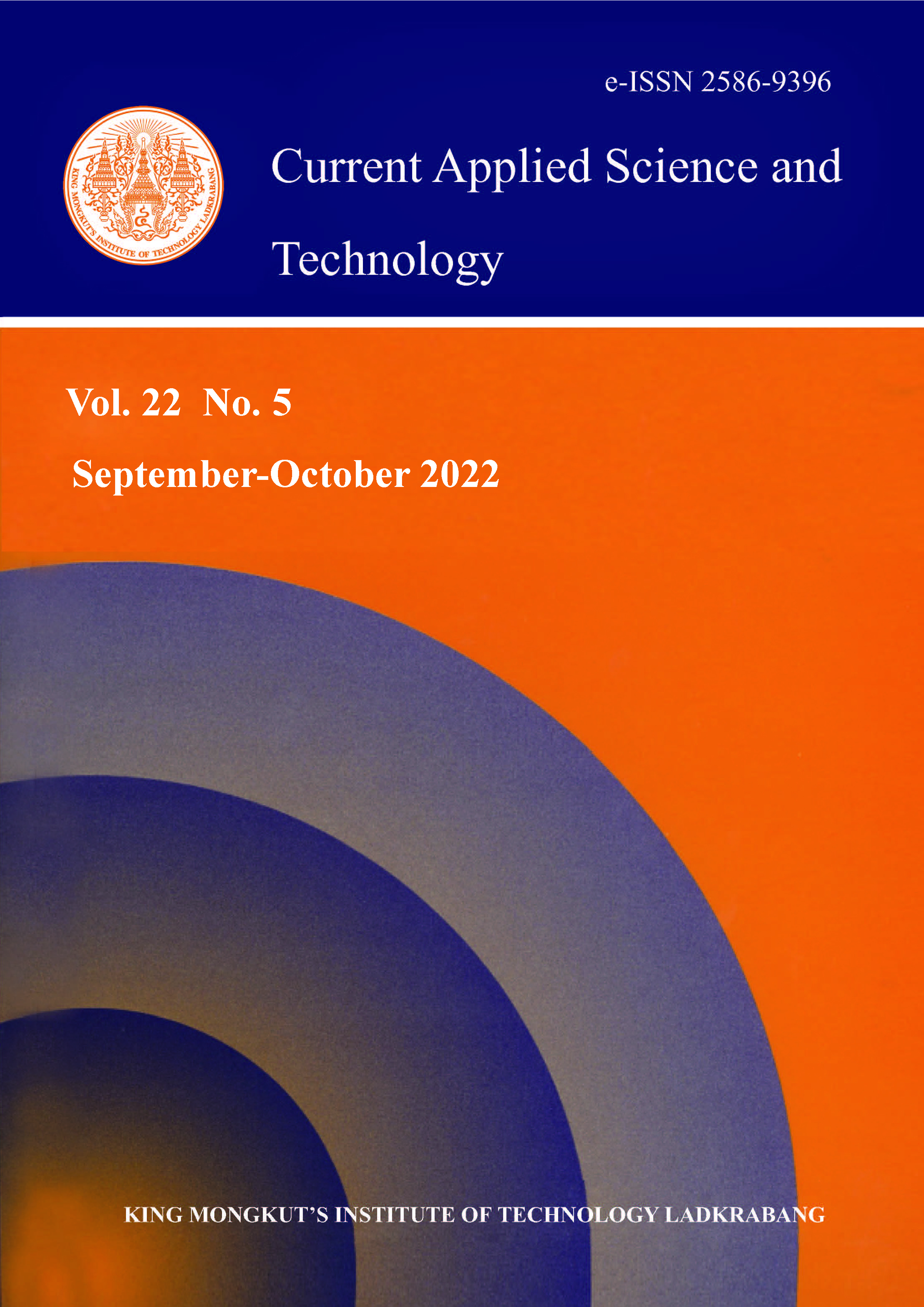Understanding the rainfall-runoff response on a watershed requires the study of both the observed and synthetic unit hydrographs. The application of a synthetic unit hydrograph for an ungauged watershed is the prospective alternative. Model development to obtain the unit hydrograph without rainfall and runoff data requires information on the physical characteristics of the watershed and its geomorphological parameters. This paper presents the results of a study on the application of the Geomorphological Instantaneous Unit Hydrograph (GIUH) model in which the time of concentration equations of Kirpich and Ventura were used as a comparison. The study objects are the Keduang and Temon Sub-watersheds of the Upper Bengawan Solo River, Indonesia. The study utilized the sub-watershed characteristic data obtained from the satellite data of ASTER Global DEM V3, which was then processed with the Watershed Modeling System and ArcMap. The results show that in the Keduang Sub-watershed, the Ventura equation gave results closer to the observed unit hydrograph than the Kirpich equation. In the Keduang Sub-watershed, the differences between the two times of concentration on the triangular parameters were significant, i.e. 77.13%, 337.57%, and 338.20% for peak discharge, peak time, and base time, respectively. On the other hand, in Temon Sub-watershed, the differences were 33.88%, 28.63%, and 25.09% for peak discharge, peak time, and base time, respectively. In terms of the GIUH-based flood hydrograph estimation, the results show that the utilization of the Ventura equation generally led to better estimates (closer to the observed flood hydrograph) than that of Kirpich equation.
Keywords: unit hydrograph; time of concentration; Ventura; Kirpich; GIUH
*Corresponding author: Tel.: (+62) 82138913277 Fax: (+62) 274868211
E-mail: demetrioharset@gmail.com
Harset*, D. ., Jayadi, R. ., & Legono, D. . (2021). The Influence of Two Different Time of Concentration Equations on the GIUH-based Flood Hydrograph Estimates of Keduang and Temon Sub-Watersheds, Indonesia. CURRENT APPLIED SCIENCE AND TECHNOLOGY, DOI: 10.55003/cast.2022.05.22.001 (14 pages). https://doi.org/10.55003/cast.2022.05.22.001


https://cast.kmitl.ac.th/doi/10.55003/cast.2022.05.22.001